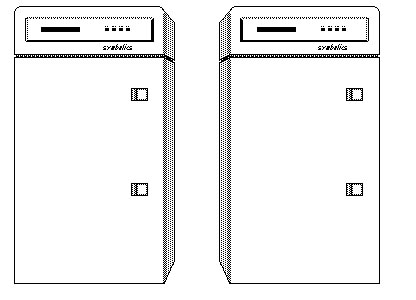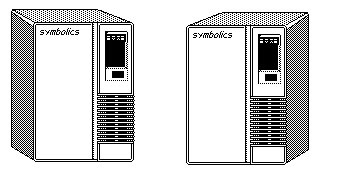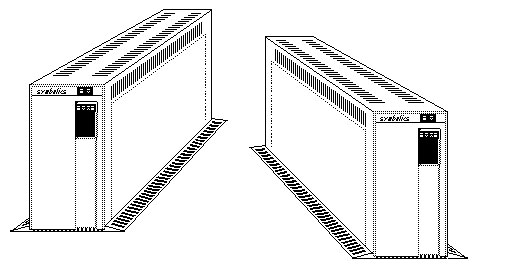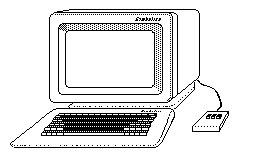Richard Fateman
University of California, Berkeley
Regarding the evolution of Macsyma since it left MIT, I think that Jeff Golden was quite reasonable in responding that anyone wishing to get details on how Symbolics had evolved it, should contact Symbolics. Jeff did not answer the whole question, though.
The descendants of Macsyma (circa 1982) fall into 2 camps.
(a) The version that MIT put on the market, via Arthur D. Little Inc, and which Symbolics bought — allowing them to market it and pay royalties to MIT (and ADL). Because the Univ. of Calif. at Berkeley also had a version at that time for VAX/UNIX Franz Lisp, and Symbolics wanted to sell that, too, UCB received royalties for a time.
Symbolics hired a few people from the MIT group, most notably Jeff Golden. By promoting the Lisp Machine version and neglecting the VAX and Sun versions, not providing any source code, and charging educational and government sites too much, the need for an alternative version arose. Of course many ideas from the system were also incorporated into other programs, entirely. E.g. Mathematica, Maple, etc.
(b) The other versions are based on “public” MIT source code for the DEC PDP-10 MACLisp system. This was released, reluctantly, by MIT to the NESC (Dep’t of Energy code library at Argonne Lab). They do not have the Symbolics enhancements, but they have been modified from time to time by several individuals or groups. For example, a version known as VAXIMA (using VAX/UNIX Franz Lisp) was put in the library by me (RJF) some time ago. VAXIMA also ran on Sun 2 and Sun 3 systems (and other Franz-Lisp hosts). It was based on Macsyma code circa 1980. Using the somewhat later version released by MIT written in a (now dead) predecessor of Common Lisp called NIL, at least 2 other versions were set up.
Leo P. Harten, (LPH) Paradigm Associates, has a version that he is continuing to enhance, called “DOE-MACSYMA”. He sells support for it through his company. Copies of this were fed back to NESC.
William Schelter, (WFS) Prof. at U Texas, Austin, has a version that he is maintaining informally, that runs on Common Lisp; he calls his version “MAXIMA”. It runs on Austin-Kyoto Common Lisp, Allegro, Lucid, and probably other CL systems. On TI Explorer, MIPS, Sun, and other systems. Copies of these were fed back to NESC.
Is Macsyma source code “public domain”? No — Symbolics’ enhanced code is obviously owned by them. Joel Moses at MIT fought very hard to make the NESC/DOE code hard to get — a substantial price $1k-$2k is charged for it, and it cannot be redistributed (so they say).
How different are the systems? The code that worked in 1980 is probably (but not necessarily) still working in 1990 in all versions. Probably the Symbolics code, having been more carefully controlled, has more bugs fixed. RJF is no longer actively “changing” macsyma/vaxima. LPH is apparently still fixing stuff, and WFS is, too. Each of these have made some enhancements. (For example, several MS projects at Berkeley enhanced Macsyma internals, a TeX printer and an improved Poisson series package came from Berkeley.)
LPH and WFS (and Jeff Golden at Symbolics) are invited to add to this history.
There are a few other people who have ported some version of Macsyma to some machine or dialect of Lisp. I have heard there were ports to Pyramid and Macintosh.




